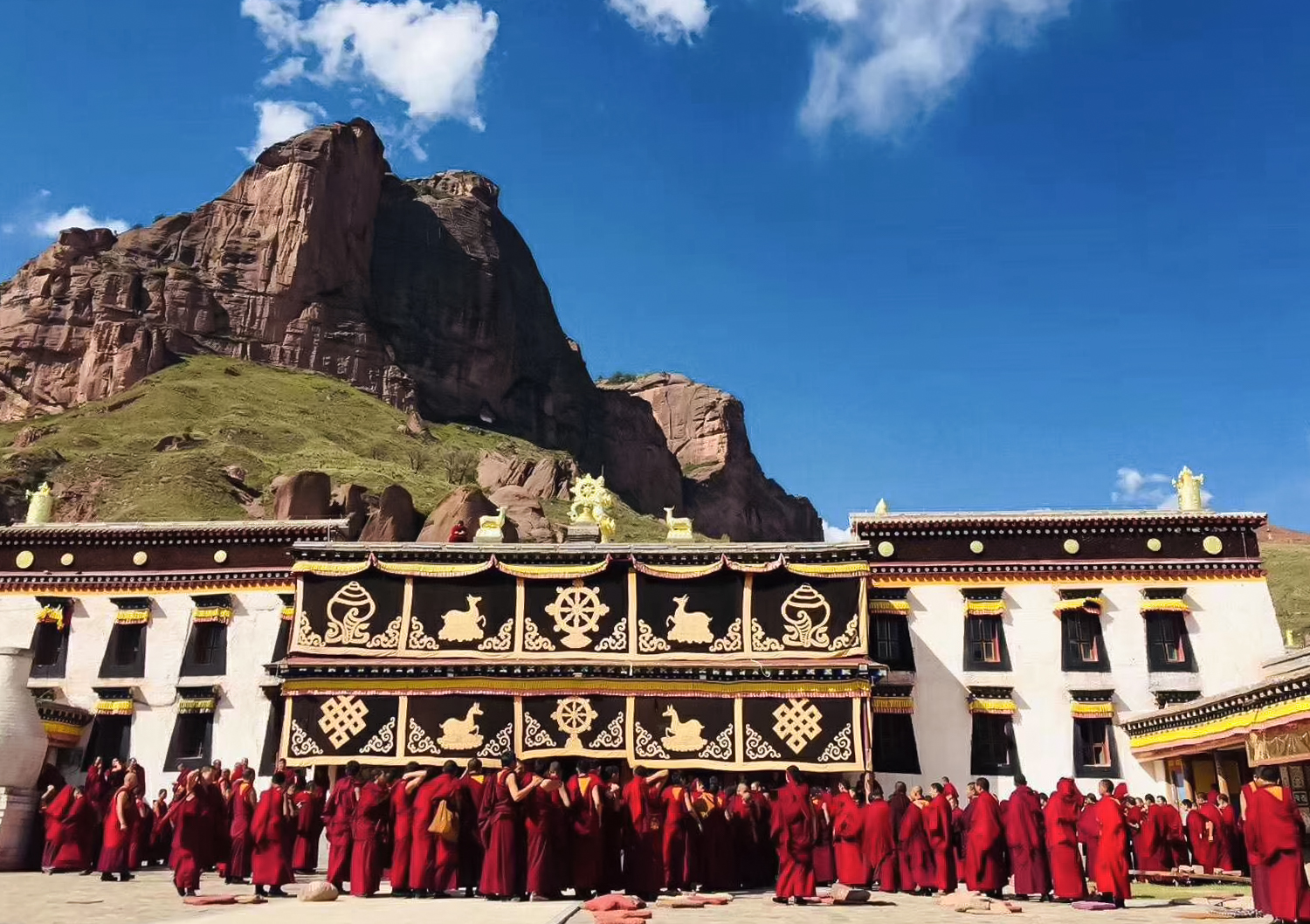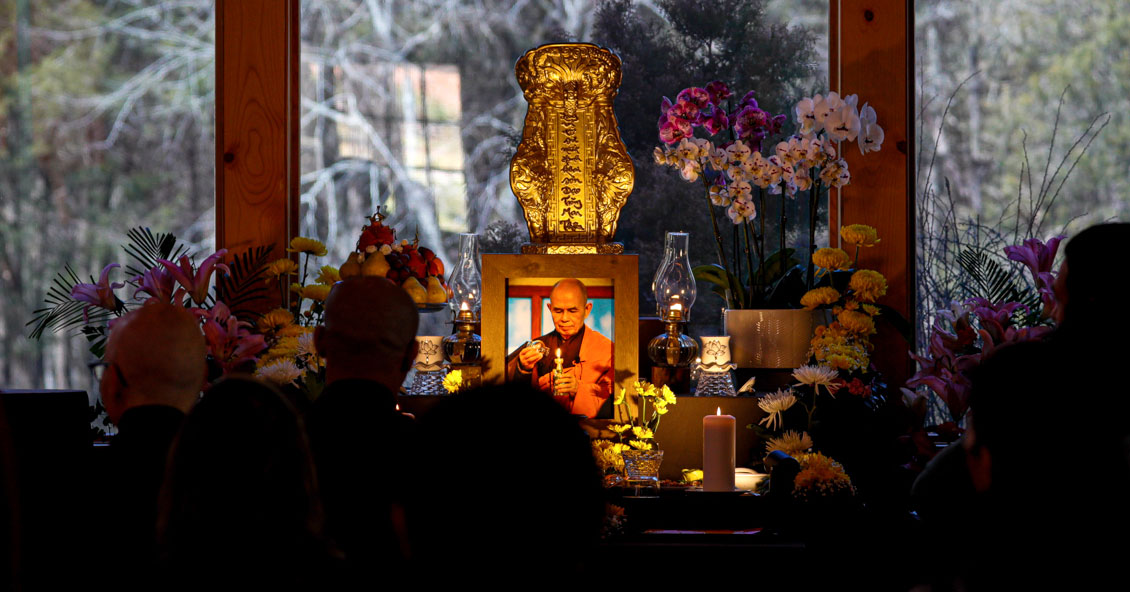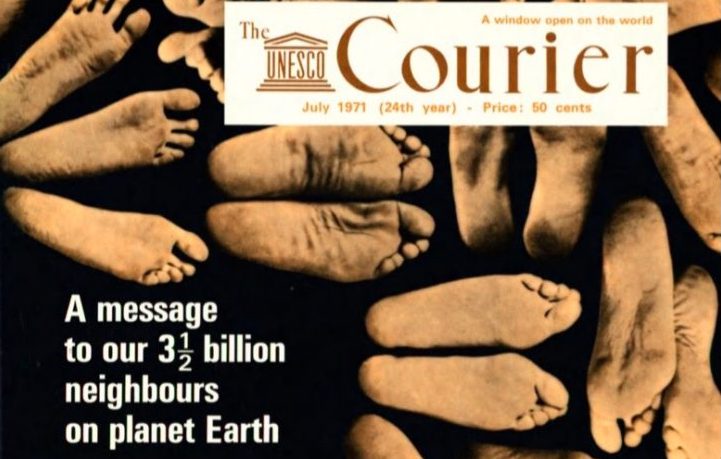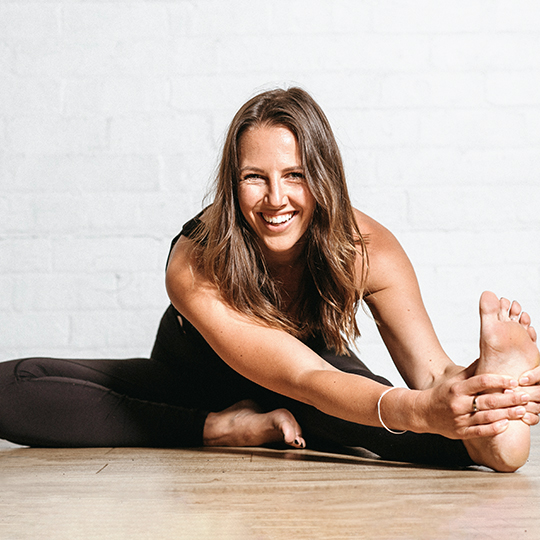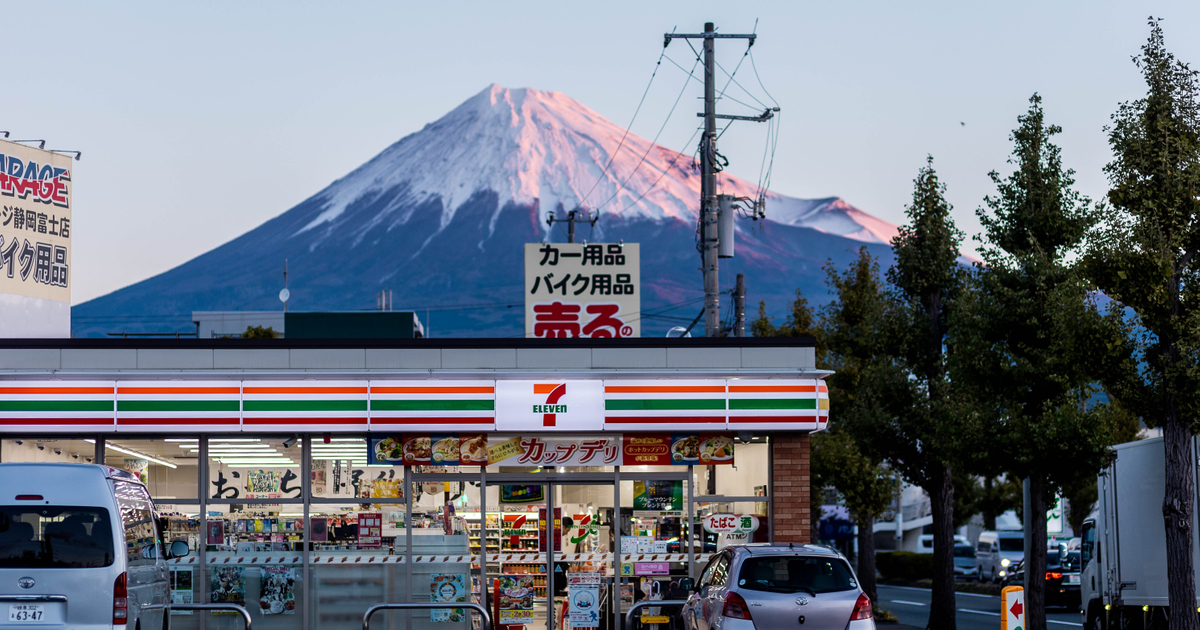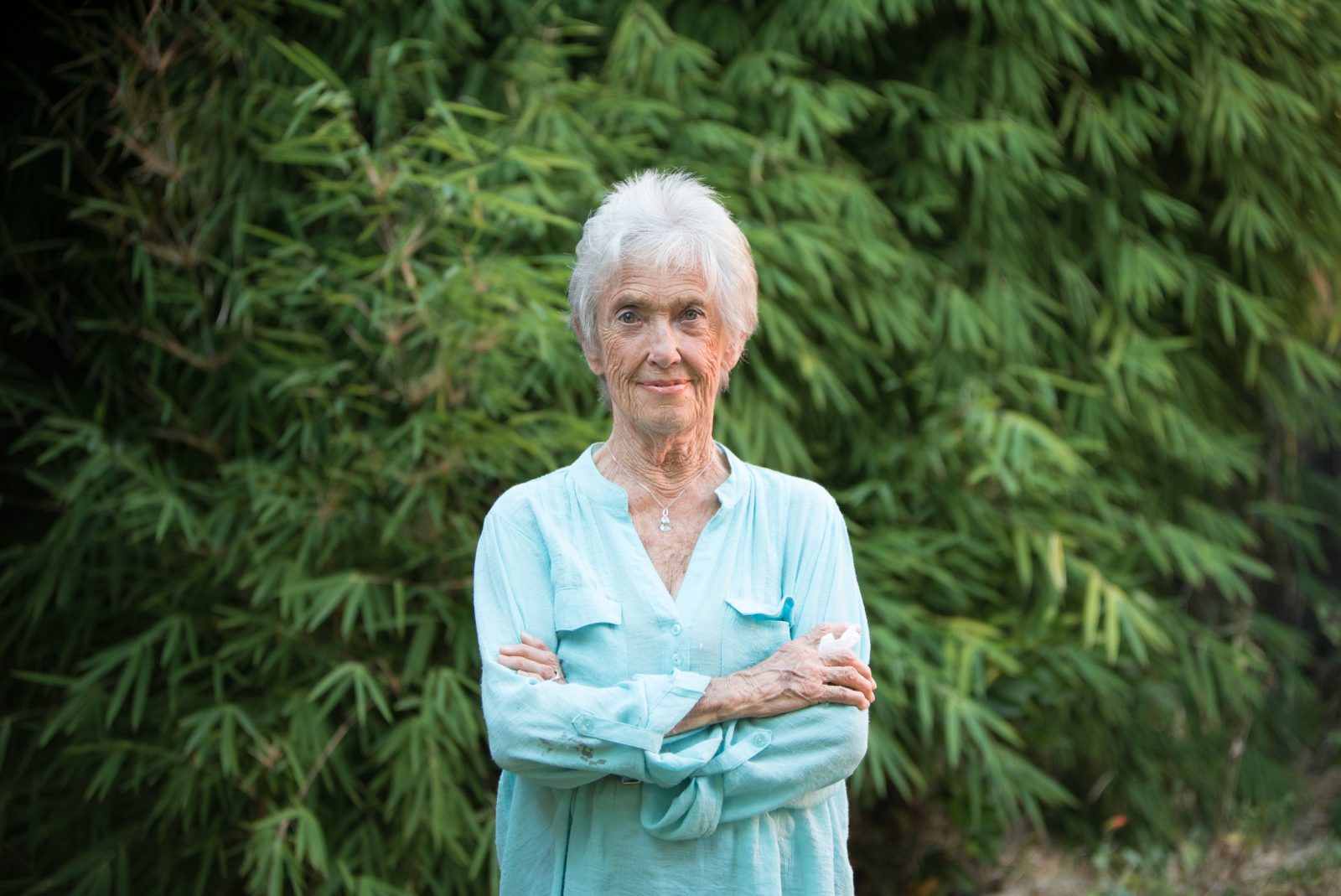How This Buddhist College Chaplain Connects with Students of All Kinds
Venerable Priya Rakkhit Sraman, one of the only Theravada monks working in university chaplaincy, believes in the power of honesty. The post How This Buddhist College Chaplain Connects with Students of All Kinds appeared first on Tricycle: The Buddhist...
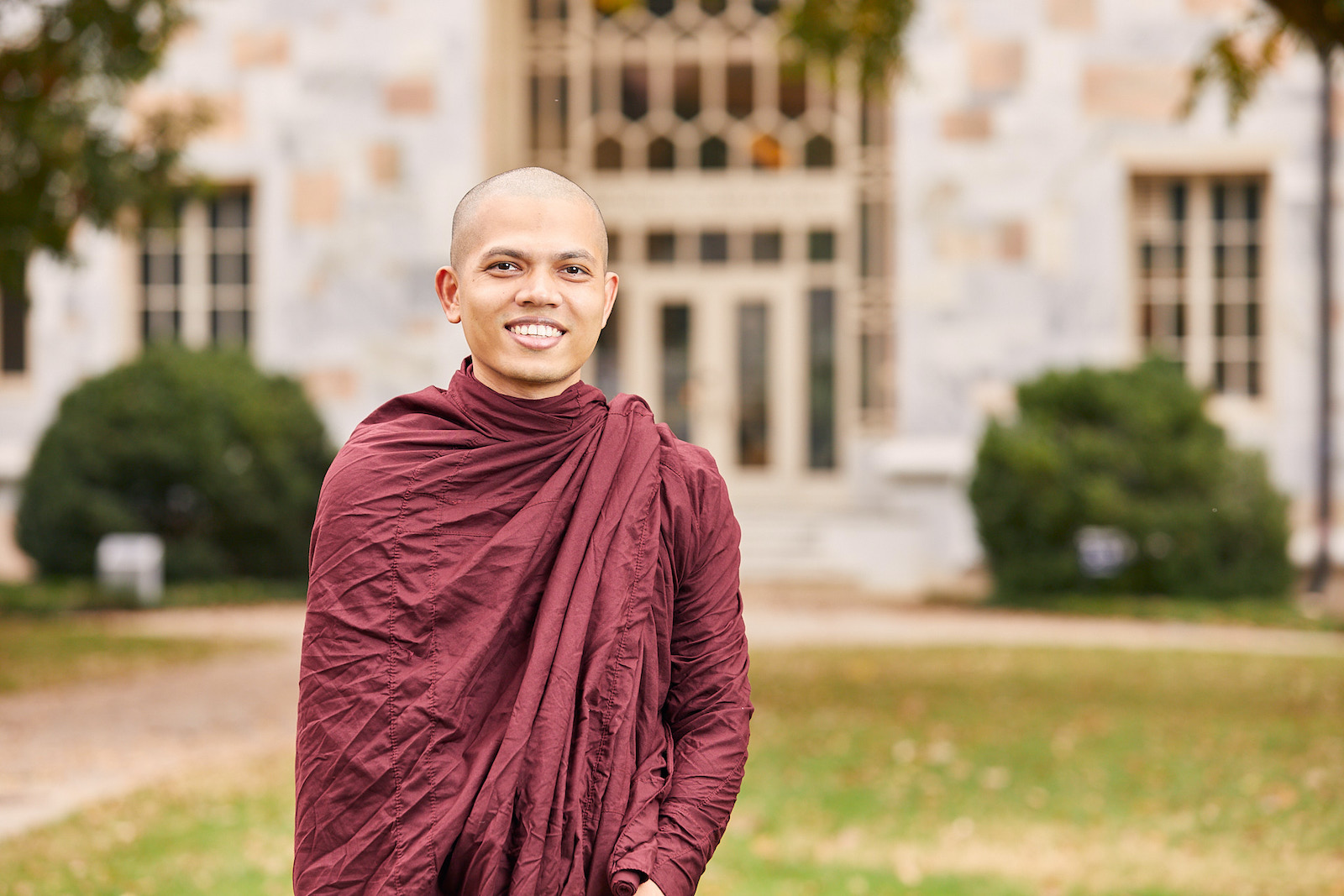
Born to a Buddhist family in Chattogram, Bangladesh, Venerable Priya Rakkhit Sraman now serves as the Buddhist chaplain at Emory University in Atlanta, Georgia. From a very young age, Ven. Priya connected with Buddhism through his parents’ daily practices at home and the Theravada temples and programs they would attend together.
Twenty years ago, at the age of 11, he asked to become a monastic and left for Sri Lanka, where he remained through high school. Ven. Priya’s college studies took him to Thailand and Hong Kong, and eventually to Harvard, where he earned his MDiv (Master of Divinity) while serving as the “Buddhist in Residence” at Tufts. “I was basically interested in everything they were talking about,” he says of his graduate studies.
It was during the MDiv program at Harvard and time spent in field education at Tufts that Ven. Priya became interested in working as a college chaplain. “I think that’s when I found meaning and purpose in everything I was doing. Up until that point I was a student; then, for the first time, I was like a teacher sharing the ‘data collection’ I’d been accumulating my whole life.”
As the Buddhist chaplain at Emory, Ven. Priya’s workweek is anything but predictable. On campus he may be found at meetings, leading meditations, taking part in Asian Student Center activities, holding dharma discussion gatherings and ritual practices, working in the garden, helping in emergency situations … the list goes on and on. Ven. Priya also participates in the greater community, conducting retreats and encouraging dialogues with members of the robust local Vietnamese population as well as with Buddhists with Western roots.
Are there many Buddhist students at the university? Not so many, but there are a lot of people who are interested in Buddhism and Buddhist practice.
So most of the students you work with have life experiences, goals, and visions of the future that are likely very different from yours. How do you relate to them? I think a big part of chaplaincy is to be a very good listener. A lot of the time students come because they simply want someone to hear what they have to say. That’s one way I relate to them—I just sit and listen to what they have to offer and try to make the teachings and practices relevant to the stories they’re bringing.
As a monastic, are you able to relate to the experiences they share? For example, for college students, a lot of anguish might come from relationships—do they talk to you about their heartbreaks? Yes, all kinds of issues come up in our conversations. I’ve found that the best approach is to be totally honest about my expertise—or lack thereof. I’m not a therapist or a psychologist. I’m there to listen, and I’ll share what I know or just admit that a question is outside of my scope. Direct honesty often helps.
People often find it easier to seek an answer from someone else, to be handed a solution, but I don’t know how helpful that really is. I’ll often try to communicate and ask questions in such a way that the listener can find the answer or solution on their own, in their own life. Or maybe there is no solution.
In the early stages of my chaplaincy training, a question that was always on my mind was how to be a good chaplain. I used to ask myself, “Am I doing justice to my profession? What is the right way to be in this position, the right thing to say? Buddhism is serious—I can’t just say whatever I want about such deep and intricate things. Did I create confusion or was I helpful?” Then I realized that there’s no magical way to gain wisdom overnight unless you’re enlightened. I have to accept that I’m not enlightened and don’t have all the answers. But I can always be honest and genuine in my connection with the people who come to me.
Another thing that helps me is to remember that I can rely on resources that already exist. The Buddhist teachings are filled with all kinds of wisdom, and stories are available to me all the time—I don’t have to write or create new ones. So even if I’m not wise enough, the tradition is wise enough already; I just need to borrow from it.
It really sounds like being a university chaplain is your calling—you love it, and there are so many facets to your activity. For you, how does this fit into the traditional notion of monastics as being in retreat from society and not working? There is an understanding that monastics are not supposed to be paid for work. But if you look at the lifestyle of any monastic, traditional or not, they’re working all the time; the only difference is that one is employed and the other isn’t, but they are doing the work anyway. That’s what I found when I was introduced to the idea of chaplaincy or ministry: monastics have been doing this work all along. Service is part of monastic life.
Traditionally, in the Theravada tradition, you’re supposed to be in a secluded setting, to go meditate in the forest and all of that. In the Thai forest tradition, for example, that’s what they’re doing. But they also work a lot; they serve and offer teachings and guide community retreats. This is how so many people were able to benefit from Ajahn Chah’s teachings. He was a meditation master first and foremost, but he also worked and served a lot.
If you go to any traditional Theravada Buddhist country, such as Sri Lanka or Thailand, or even Bangladesh, you’ll see monastics teaching in colleges or living in cities doing social justice work, taking care of orphanages, and so on. All kinds of social engagement spearheaded by monks and nuns is taking place.
The only thing that’s been on my mind since I came to the US is that I’m not living in a temple anymore. When I was in Asia, I always lived in monastic communities, including Chinese and Tibetan temples connected to the Mahayana traditions. Then, when I moved to Boston, I started living in a rented apartment. Living alone and offering service to communities within the universities and beyond has required a compromise. I shouldn’t say that it’s been easy—it isn’t easy for an Asian monastic from a foreign country to be on their own, buy and cook their own food, and all of that. It’s been a big change.
You hold programs for people whose families are traditionally Buddhists and for people who adopted Buddhism as their path. Is there a difference? It’s not exactly the same. In the nontraditional Buddhist communities, retreats mostly focus on meditation, mindfulness, and textual studies. I’ve also led many retreats with traditionally Buddhist families where there is meditation, dharma discussion, etc., plus another part of these programs is more cultural: donations and alms rounds, chanting, rituals, and other aspects of practice that are more traditional in Asian Buddhist communities.
Many of the Asian kids I meet in the greater community were born into Buddhist families in the US, away from a traditionally Buddhist country or setting. “We’ve been going to these temples and observing holy days all of our lives, but we don’t really know what’s going on. We don’t understand the texts, we’re just told that it’s good,” they’ll tell me. When there’s no explanation and it’s kind of forced on you, it can feel annoying. What they’re really saying is, “We would love to know more so we can choose the good.” We need to hear them out and answer their questions.
At Tufts and now at Emory, I’ve done some cultural programs like celebrating Vesak (Buddha Day), full moon ceremonies, chanting, and expanding our understanding of what Buddhism has to offer. The students and college communities seem to love learning about the significance of these different elements of Buddhist practice.
What do you see yourself doing in ten or fifteen years? I hope to stay in communities where we can have these genuine conversations. I enjoy exploring our understanding of life based on Buddhism and other traditions that can help us expand ourselves. In one of his books, Bhikkhu Analayo writes that mindfulness generates perspectives. When mindfulness is cultivated well, it expands our awareness of other ways of looking at things. Lack of mindfulness makes us think that there’s only one way, one truth. I’d like to be using all these tools and resources that can help us learn to be smarter, or wiser, or just more reasonable.
Buddhism has a lot to offer the world of chaplaincy in terms of spiritual care. If, as Buddhist educators and chaplains, we want to help create a rich spiritual community of learners and practitioners, now is a very good time. It would be wonderful to create spaces on campus—something like the Buddhist equivalent of the Jewish Hillel network, for example—where students can learn Buddhist philosophy and practices while building community.
A personal interest I have is to establish and support places back home where I can offer scholarships and learning opportunities for children and teenagers, just as I was supported in my own learning. I want other kids to be able to study and grow in their own lives—not necessarily through Buddhism, but through anything they would love to learn. In ten or fifteen years, hopefully, I’ll be in a position where I can help create that.
The more I feel that the Buddha was a great, great chaplain.
Any final thoughts on your role as a chaplain? I’m ordained in the Theravada tradition, and my appearance is that of a Theravada monk, but I tell my students that I’m a Buddhist chaplain. Not Theravada or Mahayana: Buddhist. I’m open to sharing all kinds of Buddhism, including cultural, doctrinal, meditation practices, and rituals, so our students can learn about and from them. And to students who are not Buddhist, I simply say that I’m a chaplain.
The more I think about it, the more I feel that the Buddha was a great, great chaplain. He wasn’t trying to teach monastics only—he did his best to be there for everyone. How can we chaplains get inspiration from his example and the examples of other great Buddhist teachers? If we care to look, we’ll find there is so much to discover.

 JimMin
JimMin 







